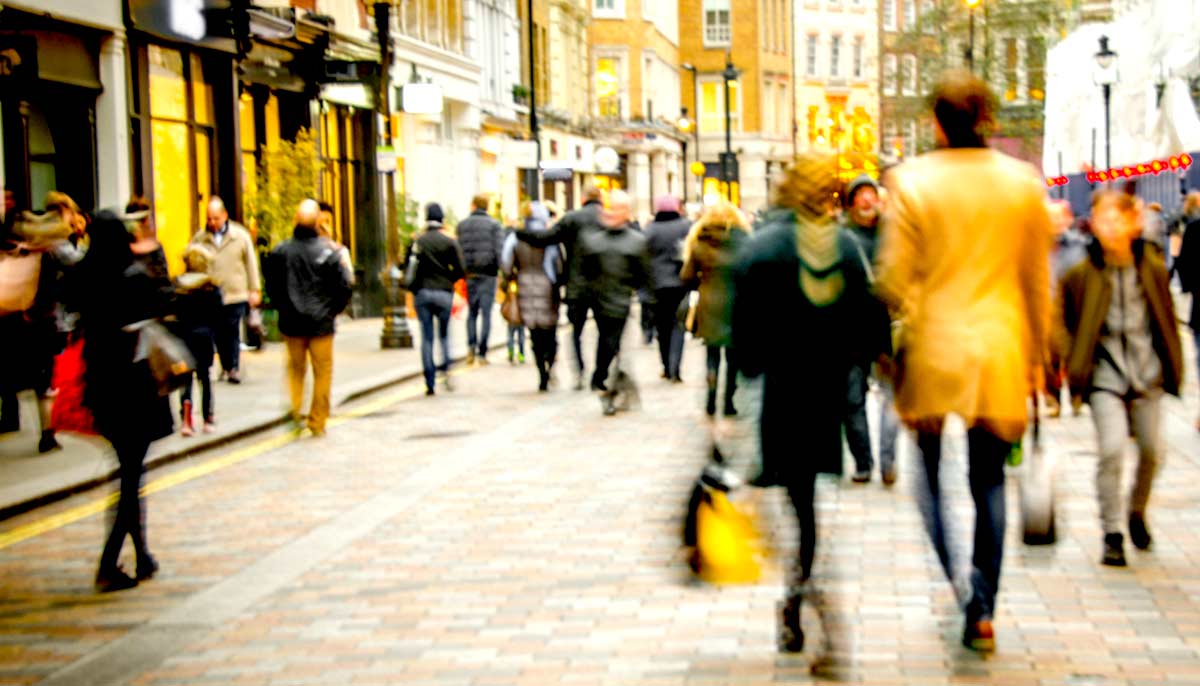
The New High Street
This August, Debenhams announced its biggest loss in its 240-year history, £491.5 million. The iconic UK department store has since announced plans to close 15% of its stores. They are not alone. 2018 has been a year for major losses (for many, the biggest in decades), store closures, and even administration/bankruptcy on the High Street. House of Fraser, Toys ‘R’ US, Maplin, New Look, Next… the list goes on. As of October, some 2,875 stores had closed or been earmarked for closure in 2018.
The High Street has been the shopping destination of the UK for centuries.
Could all of this mean the end of an era? There are three main challenges affecting High Street stores:
- Brexit Fallout: Consumer confidence continues to decline as the deadline for the UK’s departure from the EU draws nearer with no clear deal in place. Slow wage growth unable to keep up with the inflation rate has resulted in less spending money for consumers, hitting the fashion and homewares sectors hard. According to the think tank Parliament Street, 64% of consumers believe prices on High Street will rise as a direct result of Brexit. Additionally, more than half expect to see more stores closing their doors in the near future.
- Continued Growth of eCommerce: High Street sales fell for the seventh month in a row in August. eCommerce sales, on the other hand, increased by 7%. After suffering its worst year in 25 years in 2017, fashion retailer Next Plc made moves to respond to consumer preference for online shopping by shifting their focus from retail to online. The process, they admit, has “not been painless and represents a continuing battle.” But it appears to be paying off. While Next’s retail sales reported a decline in sales of 6.9%, online sales reported a 16.8% gain. As Next has done, retailers must start anticipating the changes coming down as a result of the continued rise of eCommerce as well as other technological advancements (e.g. Amazon Go) if they want to survive.
- “Experience” Trumps “Things”: Consumers can go online to purchase their material goods hassle free. If they are going to go to a physical location, they expect an experience they cannot get online. Across the UK there has been a significant rise in coffee shops (now numbering 22,000) and other “meet up” locations such as salons, barbers, restaurants, bars, cafes and more on the High Street. The concept shop’s “try before you buy” approach is another trend you can expect to see more of as retailers seek to draw consumers into the store with experiences that cannot be had online.
The new High Street in an eCommerce World.
Town Center spending is expected to grow by 4.9% in the next 5 years. Clearly, this is not the death of the High Street altogether, but it’s fair to say this is likely the end of the High Street as we know it. It’s an eCommerce World. Stores that want to continue to have a presence on the High Street must begin implementing the changes that will enable them to meet modern consumer expectations in this new era.


